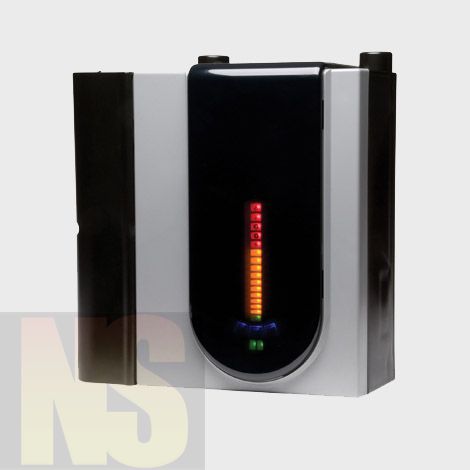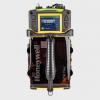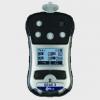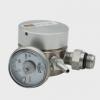Honeywell Analytics FAAST Very Early Warning Fire Detector -
Protect mission-critical resources (people, productivity and important assets such as tools, equipment, production output and data) by catching a fire at the earliest stages of development—before combustion occurs, before there’s even traces of smoke.
FAAST (Fire Alarm Aspiration Sensing Technology) provides extremely sensitive and accurate Very Early Warning detection and alarm, which gives facility managers precious time to take appropriate action to maintain business continuity before disaster strikes. FAAST is so precise that it can discern nuisance particulates such as dust, which reduces false alarm incidents that lead to costly downtime and unwarranted activation of connected suppression systems.
As an aspirating detector, FAAST draws air samples into its sensor through a pipe network, which allows the detector to provide accurate detection even in challenging environments such as fluctuating temperatures. Its smoke detection performance is built around its unique Dual Vision sensing technology. The sensor utilizes an extremely sensitive blue LED to provide Very Early Detection, up to 60 minutes before combustion. The sensor also uses an infrared laser to identify nuisances like dust that can cause false alarms, downtime and unwarranted activation of connected suppression systems. The detector interprets signals from both sources to provide the earliest and most accurate warning of the widest range of fires available.
For communications, FAAST provides an onboard Ethernet port for easy connection to a computer, a network, and the Internet, enabling facility managers to actively monitor and protect their environments from any Internet browser, smart phone, or mobile device. The detector can also e-mail status notifications to multiple addresses.
FAAST enables a fully customized detection strategy. The detector includes five programmable alarm levels, the most of any aspiration detector, and 10 pre-alert particulate levels, so thresholds can be set to meet specific site requirements. In addition, an Acclimate mode can automatically adjust FAAST’s sensitivity within specified parameters. For example, if usage for a protected area varies, the detector will adjust itself to provide the appropriate sensitivity to suit current environmental conditions. Sensitivity levels can also be programmed based on a schedule. This precision enables facility managers to mount an appropriate response.
Features:
- -Dual source (blue LED and infra-red laser) optical smoke detection with advanced algorithms detect a wide range of fires while maintaining enhanced immunity to nuisance particulates
- -Detection as precise as 0.00046 %/ft obscuration
- -Five alarm levels and two sensitivity modes
- -Dual flow detection including both ultrasonic and electronic sensing for pipe and chamber air flow measurement
- -One device protects up to 8,000 sq. ft.
- -Advanced detection algorithms reject common nuisance conditions
- -PipeIQ™ software provides intuitive control over system layout, configuration, and monitoring
- -Five alarm levels can be programmed for latching or non-latching relays
- -Onboard Ethernet interface enables remote monitoring and e-mail status updates to computer or mobile devices
- -Fault indictors exhibit a broad spectrum of events
- -Unique air flow pendulum graph verifies pipe network functionality
- -Particulate graph displays subtle environmental changes for early problem indications







